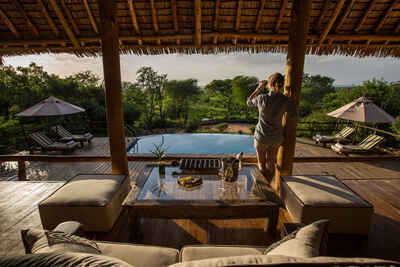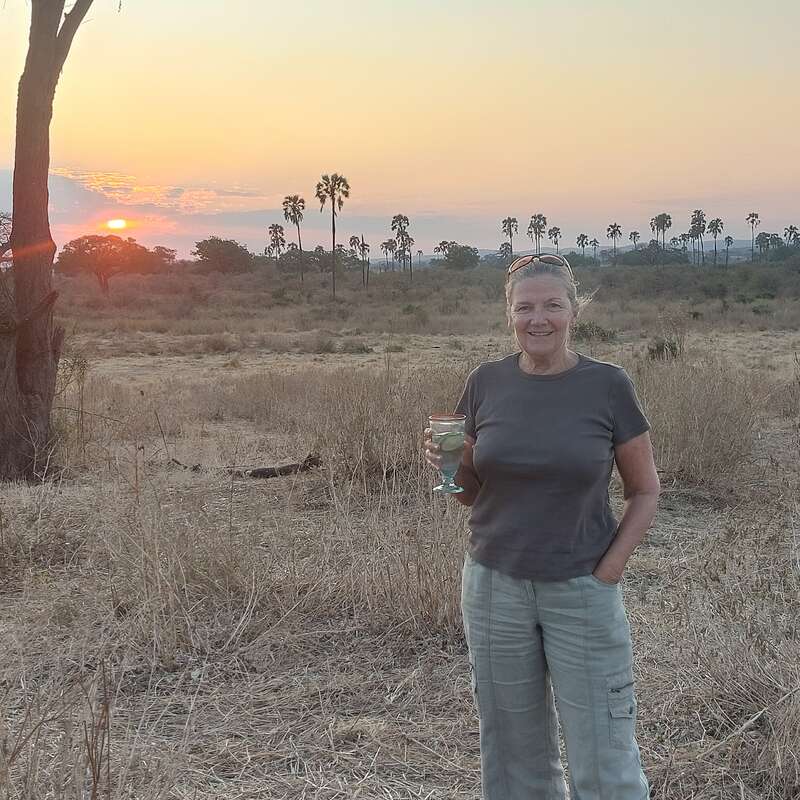About Tarangire Treetops
Tarangire Treetops is located on Masaai land in the Randilen Wildlife Management Area, one hour's drive north-...
... east of the eastern boundary of Tanzania's Tarangire National Park.
Tarangire Treetops has a lovely setting, good service from friendly staff, stylish design and high-quality fittings. This is probably one of the most luxurious accommodation options in or around Tarangire National Park and the high-level rooms, with their arboreal environment, are beautiful and memorable.
Our view
Tarangire Treetops has a lovely setting, good service from friendly staff, stylish design and high-quality fittings. This is probably one of the most luxurious accommodation options in or around Tarangire National Park and the high-level rooms, with their arboreal environment, are beautiful and memorable.
Accommodation
20 treehouses
Children
Best for 12+
Open
All year
Activities

4WD Safari

Birdwatching

Cultural excursion

Guided walking safari

Hot air ballooning

Night drive

Private activities
Traveller reviews of Tarangire Treetops
2 real, un-edited reviews from Expert Africa's travellers.
Arrived 5 Aug 2018, 2 nights
"Tarangire Treetops review"
Overall rating: Excellent
Arrived 11 Jul 2008, 2 nights
"Tarangire Treetops review"
Overall rating: Good
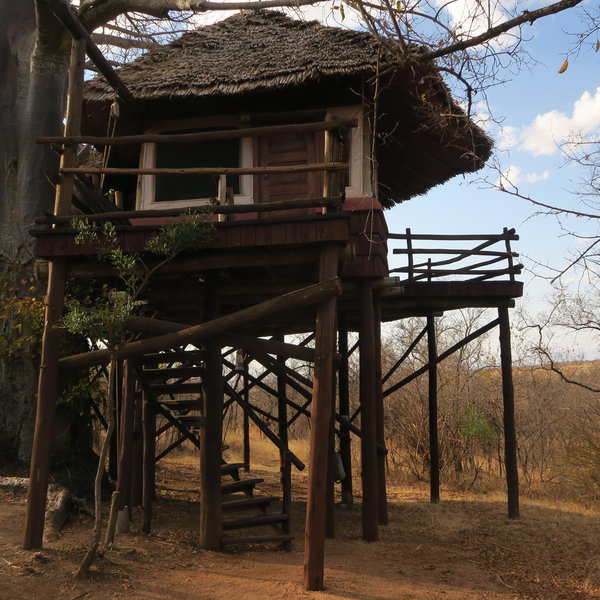
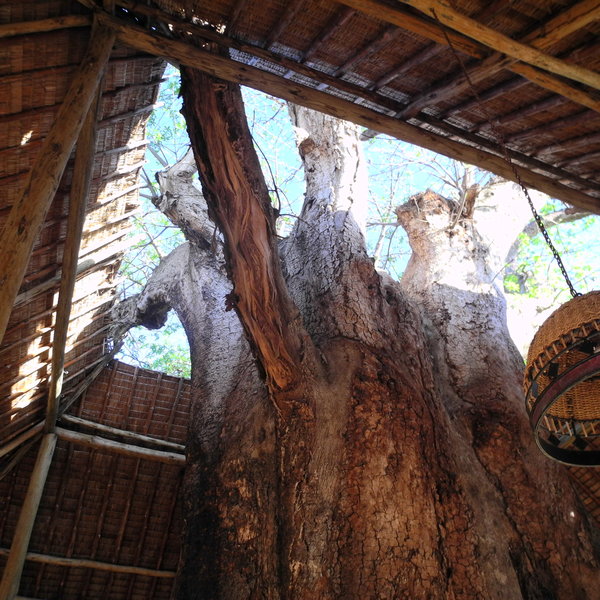
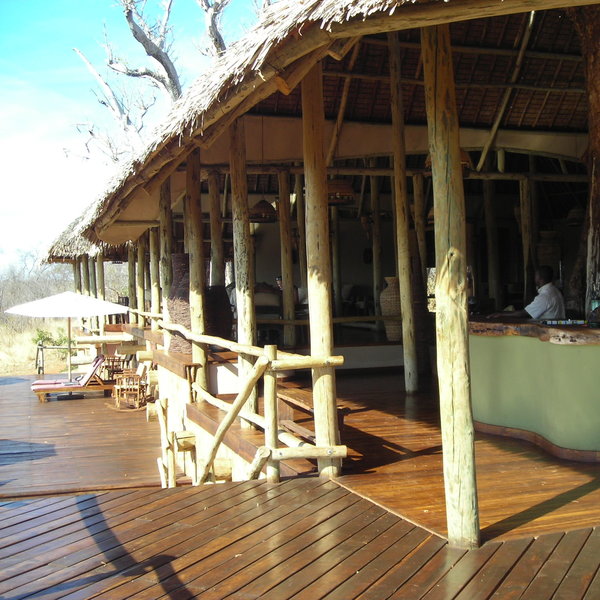
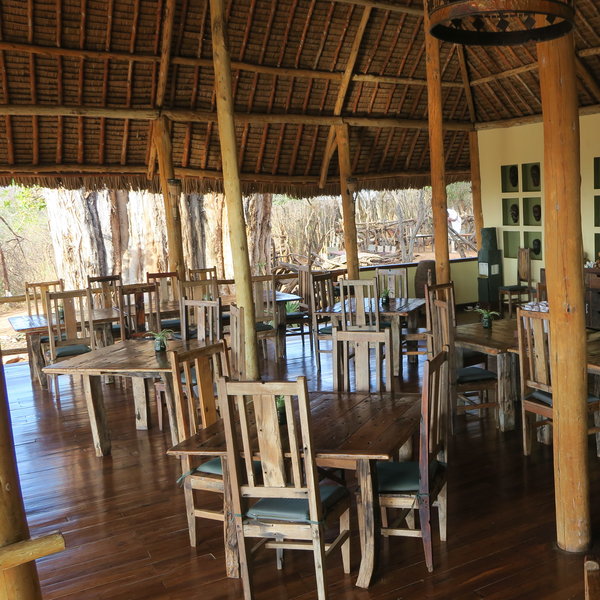
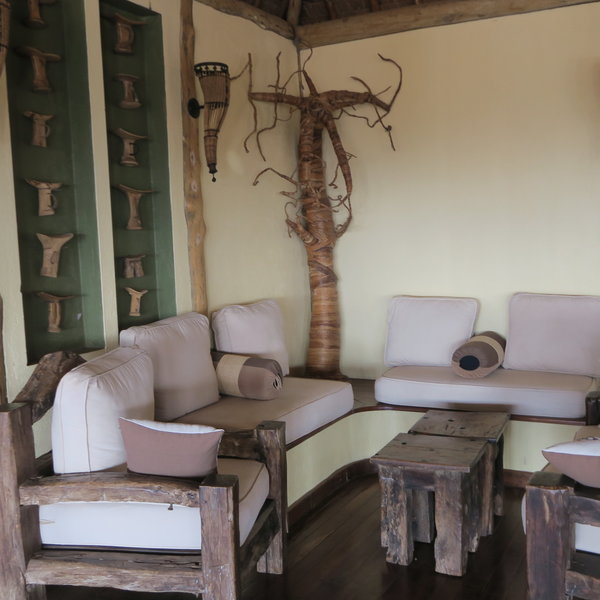
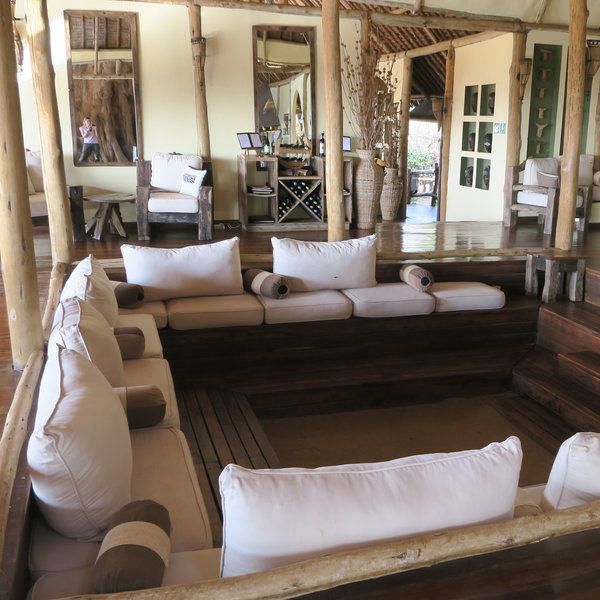
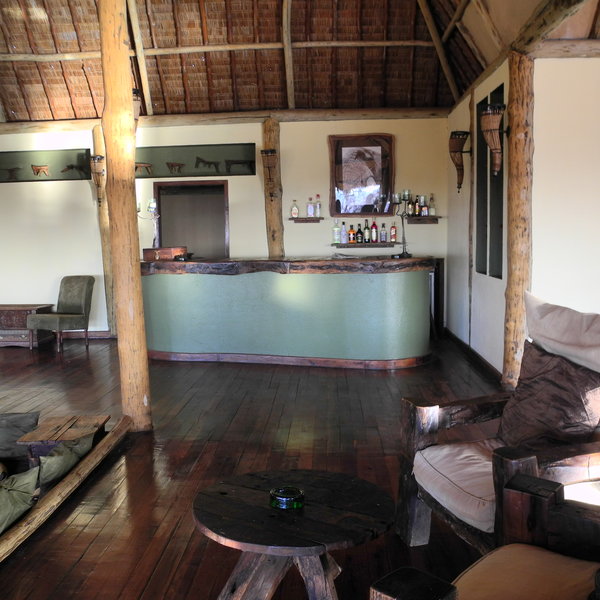
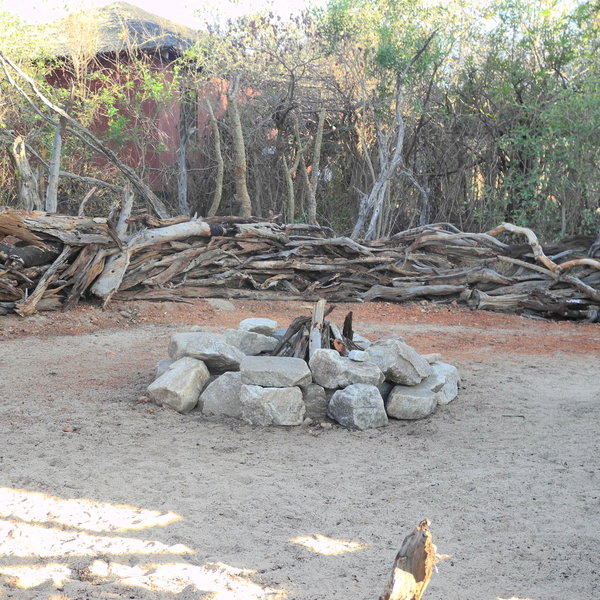
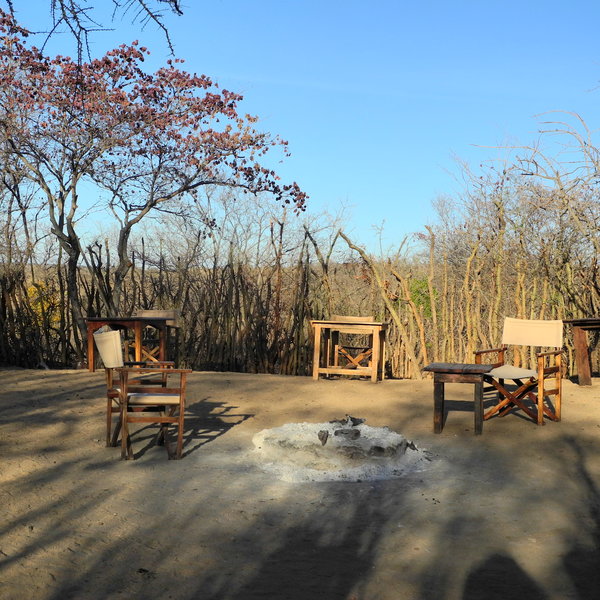
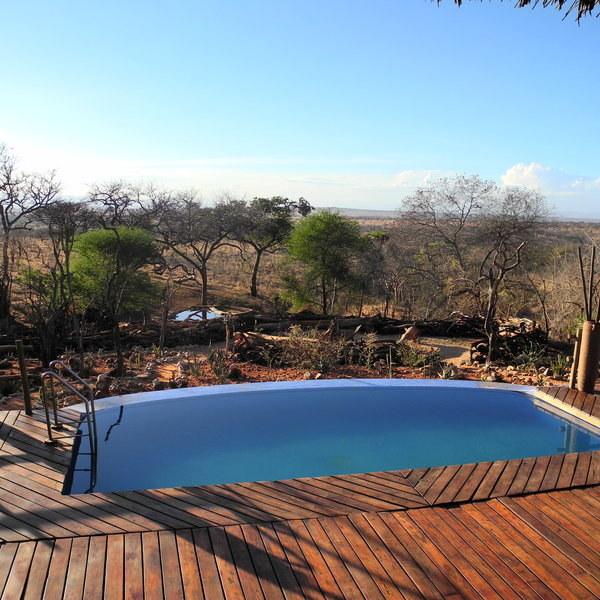
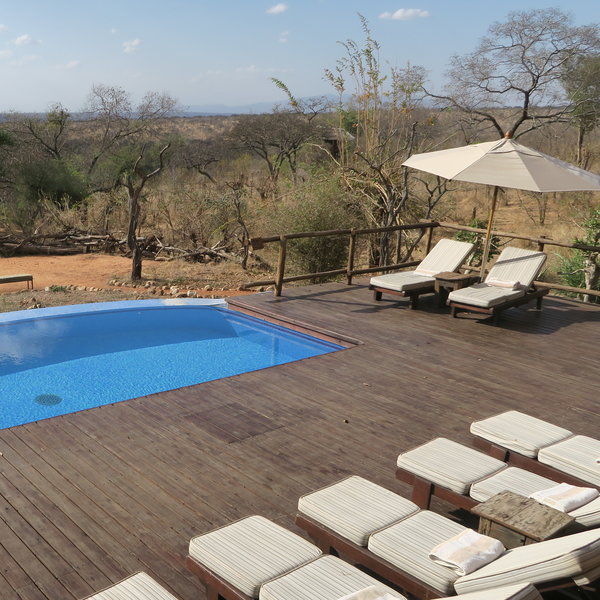
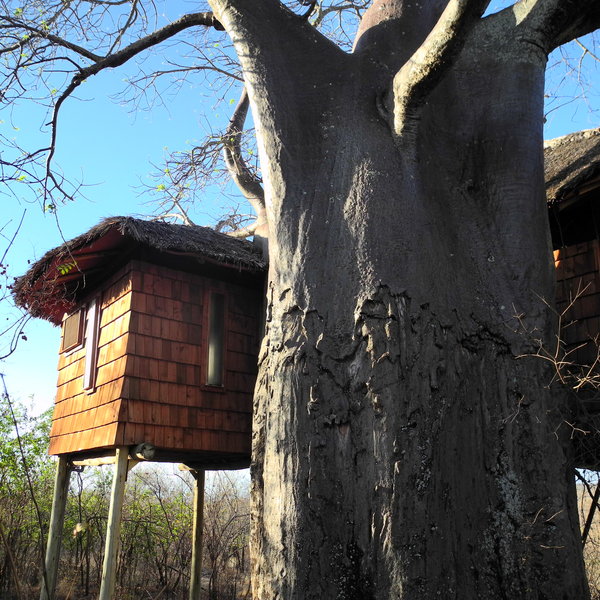
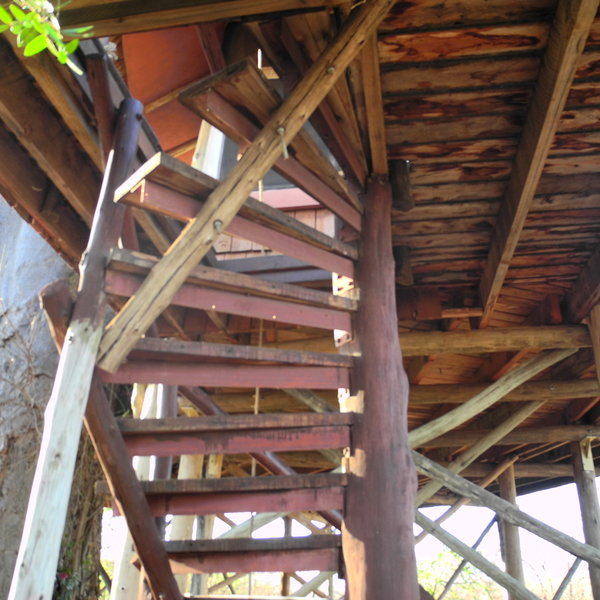
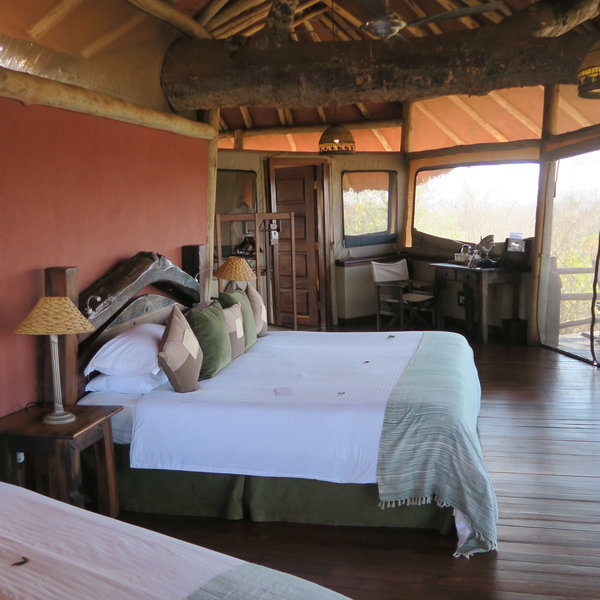
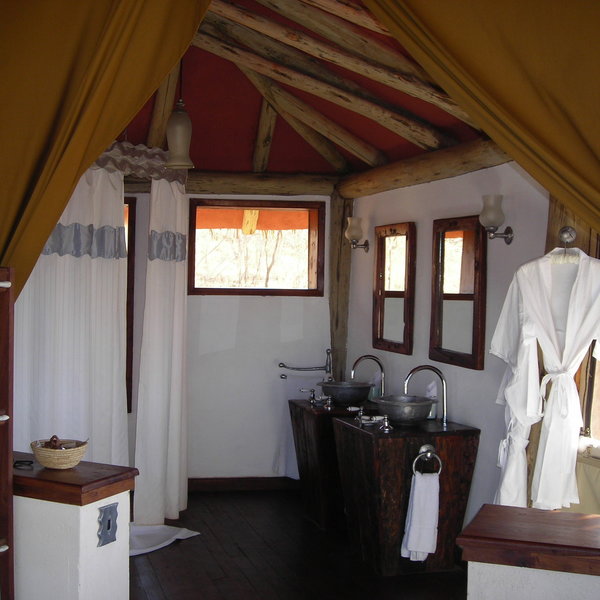
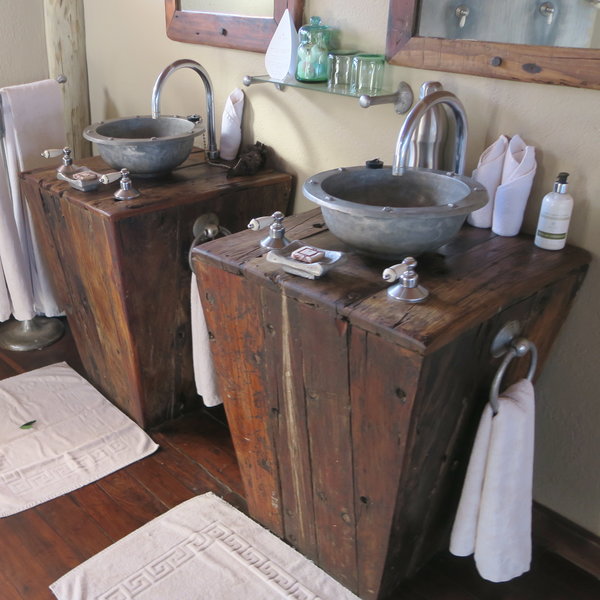
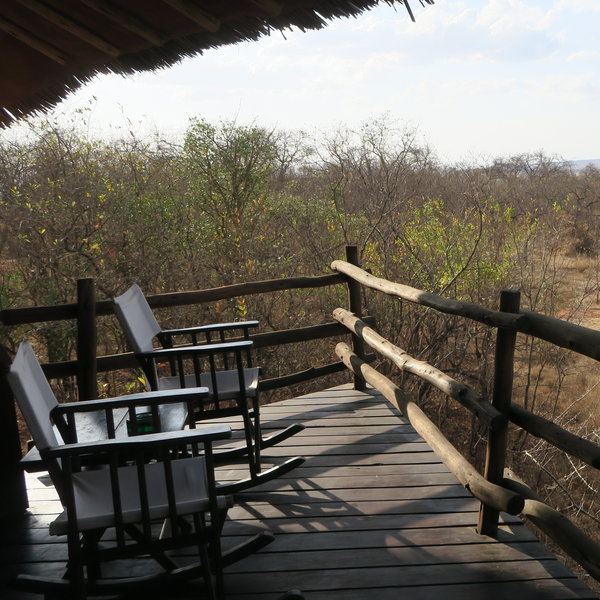
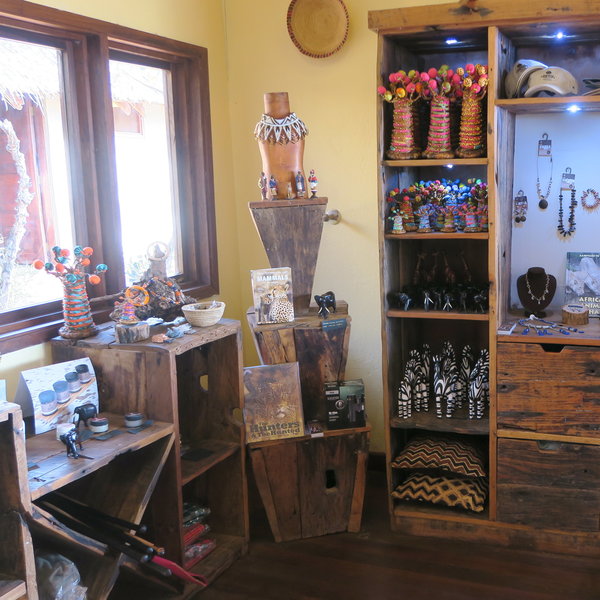
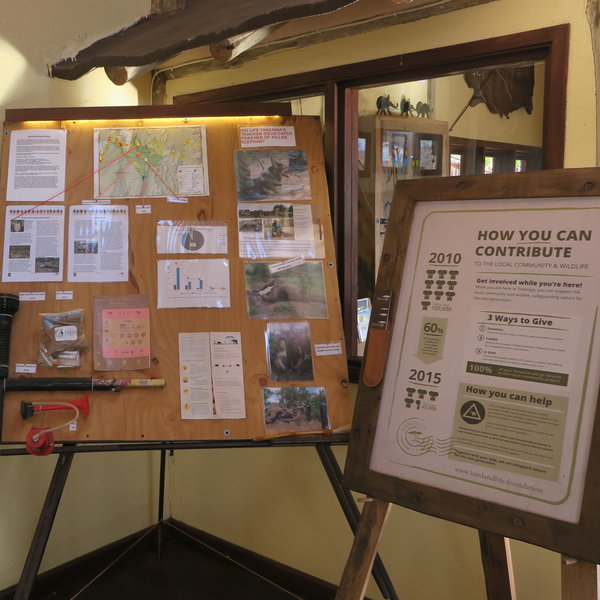
Expert Africa's gallery
When we travel we take lots of photos ourselves to give you a real and un-edited view of the safaris. See our 22 pictures of Tarangire Treetops to get the candid view.
View galleryTarangire Treetops: Our full report
Tarangire Treetops is located on Masaai land in the Randilen Wildlife Management Area, one hour's drive north-...
... east of the eastern boundary of Tanzania's Tarangire National Park.
Tarangire Treetops is the sister lodge to Migration Camp, The Manor and Arusha Coffee Lodge, and offers similarly high standards of service, style and luxury. While the lodge is open year-round, the fruits of its marula trees attract elephants from July to September, making this a particularly exciting time to visit.
Each of the 20 rooms or treehouses at Tarangire Treetops is perched in or near a tree, some in marula trees and some in baobabs. The tree houses are raised several metres above ground level on stilts, with tree branches and trunks growing through some of them. Rooms #3, #8, #9, #10 and #15 are notably higher, so if you want to experience a real treehouse vibe, choose one of these. Rooms #6 and #19 have baobab branches growing right through the rooms, so are a little more airy and atmospheric. From their elevated positions, the mesh-fronted rooms and wrap-around decks offer impressive views across the surrounding bush. Depending on outlook, each room has either beautiful sunrise or sunset views. Each room can accommodate up to three adults, however at present no specific family options exist.
The treehouses are accessed by a steep set of wooden stairs, bringing you up on to a wooden deck overlooking the area. Inside, all the spacious rooms are similar in style, featuring reclaimed dhow wood, polished floors and either a twin or king-size bed with crisp linen and forest-green throws. There's a small seating area and coffee table immediately as you enter and a writing desk with hairdryer behind the bed. The large bathroom is at the back of the room, with a flush toilet, twin wash basins and a twin shower; all are of a high quality.
The treehouses are spread far apart and down a hill, and it can be a fair walk to some of the furthest rooms.
The reception area at Tarangire Treetops is set atop a broad wooden deck and wraps around a vast and very impressive baobab tree, estimated at around 1,000 years old!. A small curio shop sits behind, selling products such as baskets, beaded jewellery and T-shirts, as well as essentials like toothpaste and suncream. From here, the deck continues to the open-sided lounge and restaurant area, which features a sunken firepit, all set under cool thatch.
Reclaimed dhow wood, neutral tones and striking African art create a simple and natural, yet very stylish feel. There are plenty of comfortable sofas and chairs here, creating a perfect place to sit with a drink and watch the waterhole below. This is a hugely popular spot for elephants in the dry season, which makes for some captivating viewing.
Wooden steps lead down to a lower-level deck, where there is a swimming pool with sunloungers facing out over the surrounding bush. This is a pleasant location for dinner when the weather is fine—and the birdwatching around the pool is wonderful. Below the pool is a floodlit waterhole which attracts game both day and night.
Towards the back of the lodge is an outside dining area, designed in the style of a traditional Maasai manyatta, where evening barbecues are frequently held under the stars. The main areas are serviced from 6.00am to 11.00pm, so there is always someone on hand between these times to assist with any requests.
Due to the lodge's location in a village-controlled wildlife management area, they try to maintain a good relationship with the village nearby and support it in various ways. In addition, they like to introduce some of the Maasai culture to guests staying at the lodge. Guests will typically get to experience a display of Maasai dancing during dinner, by men and women from the village, at one point during their stay.
Many of our travellers who come here will arrive with their own professional guide and vehicle. However, for those who fly in, Tarangire Treetops is around one hour's drive outside the national park and the lodge can organise activities with their own vehicles and guides. The usual 4WD daytime safari drives are augmented by night drives and walking safaris. When we last checked these both cost US$75 per person. This is typically paid to the lodge on arrival, and we're told it is used towards conservation. For US$15 per person it is also possible to visit one of the local Maasai boma’s and get a flavour of their life and culture. To guarantee these additional activities it's best to arrange them in advance, so please let us know if you would like to do this.
As the lodge lies outside Tarangire National Park, guests would normally drive into its busier northern side for most game-viewing activities; either through the main entrance gate at the north of the park or via the Boundary Hill gate, leading from the Wildlife Management Area in to Tarangire. One interesting possibility would be to use Treetops for a one- or two-night stop on the way from Arusha to one of the camps deeper into the south of the park – as part of a three- or four-night exploration of Tarangire.
Activities
4WD Safari
Birdwatching
Cultural excursion
Guided walking safari
Hot air ballooning
Night drive
Private activities
Families & children
- Attitude towards children
- The lodge will happily welcome children.
- Property’s age restrictions
- There are no age restrictions at Tarangire Treetops.
- Special activities & services
- Tarangire Treetops can do special meals for children. They can also help with childminding, though parents should be aware that staff are not trained in childcare. Staff can organise nature walks around the camp, fire-making, tracking and opportunities to try out local bows and arrows.
- Equipment
- The lodge has one cot and one high chair, however babies and young children rarely stay here. Child seats for the vehicles are not available.
- Generally recommended for children
- Tarangire Treetops has quite an adult atmosphere and we would recommend it only for older children.
- Notes
- Most of the treehouses are reached by quite steep steps, which would be dangerous for young children. Animals can wander through the lodge so children should be under parental supervision at all times.
Food & drink
- Usual board basis
- Full Board
- Food quality
- Over the years we have found the food at Tarangire Treetops to be tasty and well-presented, complemented by great service. Dining can take place in a range of locations, such as the main dining area, the Maasai boma or beside the swimming pool.
Breakfast is a buffet of fruit, cereals, yoghurt and bread with fresh fruit juice, tea and coffee. You can also order a full cooked breakfast from the waiter.
You may choose to take a packed lunch to eat out in the bush, which could include items like sandwiches, barbecued chicken, samosas and a salad, plus some fruit. Or you can return to the lodge for a light three-course lunch. On a recent visit we had spinach and feta samosas as a starter. A selection of main courses ranges from spiced pork chops, beef and onion ciabatta served with salad, chicken and mushroom pie served with fries and salad, aubergine parmigiana or spaghetti with salsa Verdi. Desert was a light fruit salad.
Dinner at Tarangire Treetops is a set three-course meal. On our last visit, we had dinner in the boma accompanied by Maasai dancers. The starter was tomato and aubergine soup, followed by a buffet which had a selection of salads, rice, vegetables and tomato lentils, a fish curry, chicken skewers, pork chops and boerewors sausage. - Dining style
- Individual Tables
- Dining locations
- Indoor and Outdoor Dining
- Further dining info, including room service
- No
- Drinks included
- Most drinks are included at Tarangire Treetops. Champagne, premium wines and luxury spirits are extra. Filtered drinking water is supplied so guests can fill up their water flasks (provided by the lodge).
Our travellers’ wildlife sightings from Tarangire Treetops
Since mid-2018, many of our travellers who stayed at Tarangire Treetops have kindly recorded their wildlife sightings and shared them with us. The results are below. Click an animal to see more, and here to see more on our methodology.

100% success

100% success

100% success

100% success

100% success

100% success

0% success

0% success

0% success

0% success

0% success

0% success

0% success

0% success

0% success

0% success
Getting there
- Location
- Tarangire National Park, Tanzania
- Ideal length of stay
- Most travellers spend two to three nights at Tarangire Treetops, but you could easily spend longer to further explore Tarangire National Park.
- Directions
- Tarangire Treetops is located about 1.5 hour's drive outside the eastern boundary of Tarangire National Park, 22km away, and about 2.5 hours from Arusha. If entering the Tarangire through the Boundary Hill gate, then this takes around an hour from Tarangire Treetops.
- Accessible by
- Fly-and-Transfer
Sustainability
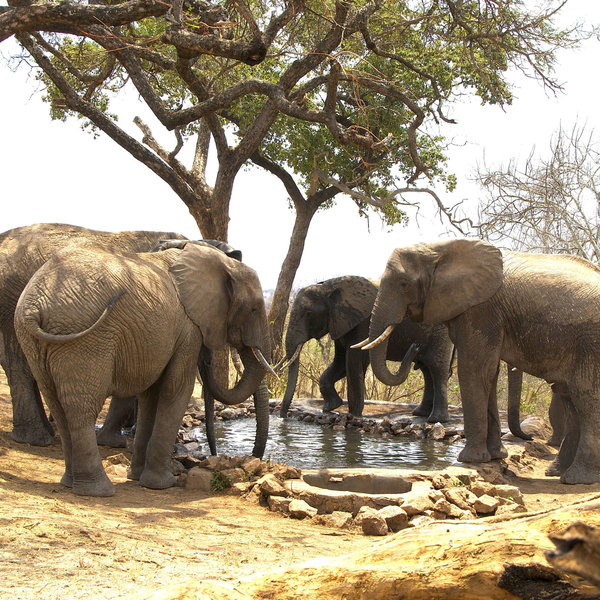
A two-way community support programme
At Tarangire Treetops, existing in harmony with locals and preserving the environment for all to enjoy is at the heart of the lodge’s philosophy. As part of the Elewana Collection - the Kiswahili word for ‘harmony’ and ‘understanding’-Tarangire Treetops embraces the responsibility of making sure local communities live in harmony with the natural surroundings, thus carrying on the legacy of a company whereby social values are embedded in each action.
Treetops’s partnership with Randilen - a private Wildlife Management Area (WMA) bordering Tarangire National Park and in which the lodge is located, is done with a twofold intention. Whereas the local communities benefit financially from the lodge’s support, Treetops ensures that wildlife is protected and ecotourism can thrive in the region. To achieve this mission, donations go towards crop protection, supporting education as well as healthcare clinics. Furthermore, the lodge directs some of the donations to improve pasture land for the cattle, which is increasingly scarce as Maasai people see cows as a proof of their wealth and a way to improve their status in the community.
Tourists can help the lodge support the WMA simply by choosing to stay at Tarangire Treetops, and therefore contribute towards making locals realize the importance of preserving this area for future generations.
See more great sustainability projects in Tanzania
Communications
- Power supply notes
- We were told on a visit in 2023 that they would be fully solar powered by 2024. They would then use the generator as back up.
Electricity is available 24 hours a day and you can charge batteries in your room. - Communications
- Tarangire Treetops has cellphone reception all around the camp. They also have WiFi which is also available throughout the camp.
- TV & radio
- There is no TV or radio at Tarangire Treetops.
- Water supply
- Borehole
- Water supply notes
- Hot water is available all day and the rooms have flush toilets.
Health & safety
- Malarial protection recommended
- Yes
- Medical care
- There is an onsite nurse available.
There is a trauma kit at Tarangire Treetops and a number of staff have had first-aid training. For serious matters, they would drive you to Karatu (two hours) or Arusha (two and a half hours). - Dangerous animals
- High Risk
- Security measures
- Tarangire Treetops has plenty of askaris (security guards) who escort guests around the camp at night, when animals sometimes wander into camp. Each treehouse is equipped with a telephone to communicate with the main area.
- Fire safety
- There are fire extinguishers in the rooms and main areas. There is also a fire break around the camp. The staff are periodically trained to deal with fires.
Useful info
- Disabled access
- On Request
- Laundry facilities
- Laundry is included at Tarangire Treetops and is machine-washed and tumble-dried.
- Money
- Tarangire Treetops can only offer foreign exchange in small amounts.
- Accepted payment on location
- Tarangire Treetops accepts Mastercard and Visa credit cards. All major currencies are accepted, including GB pounds, US dollars, euros or Tanzanian shillings.
Plan and book your trip with Expert Africa
All of our trips are tailor-made, so we'll always adapt them to suit you. Talk to an Expert and let us plan and arrange your perfect trip.

Talk to an Expert
Call or email us now! We’ll match you with the Specialist in our team who is best suited to help you. Then together we can start planning your trip.

Set up your itinerary
Based on our experience and your ideas, your specialist will create a detailed, costed itinerary. We’ll refine it together, until we have a trip that you’re perfectly happy with.

Prepare for your trip
The same Specialist will make the seamless arrangements for your trip, send you detailed travel documents, and be available to answer any questions before you depart.

Travel with peace of mind
After you set off, you’ll be cared for by our partners in Africa, most of whom have worked with Expert Africa for decades. And if you ever need us urgently, we’re available 24/7.

When you return
We love to learn about your trip, and so will always be grateful if you’ve the time to give feedback to your Specialist when you return.
Tarangire Treetops's location
Look closer at the environment and surroundings of Tarangire Treetops.
Excursions from Tarangire Treetops
Optional extra day-trips and excursions possible whilst you're staying at Tarangire Treetops. Talk to us: these are usually best arranged before you go.
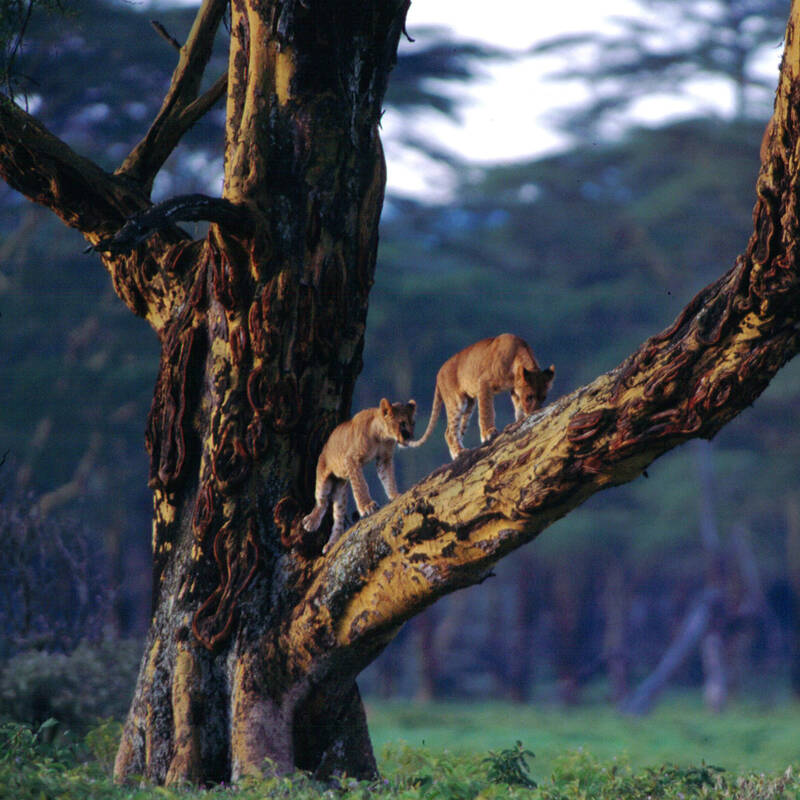
Lake Manyara Safari
Half-day or full-day
Set against the spectacular backdrop of the Rift Valley escarpment, Lake Manyara National Park makes a great safari destination. Here, along with elephant herds and plains game, you’ll find jungle-like forests that are home to blue monkeys, a soda lake tinged pink by flamingos and some of Tanzania’s best birding.
More about Lake Manyara Safari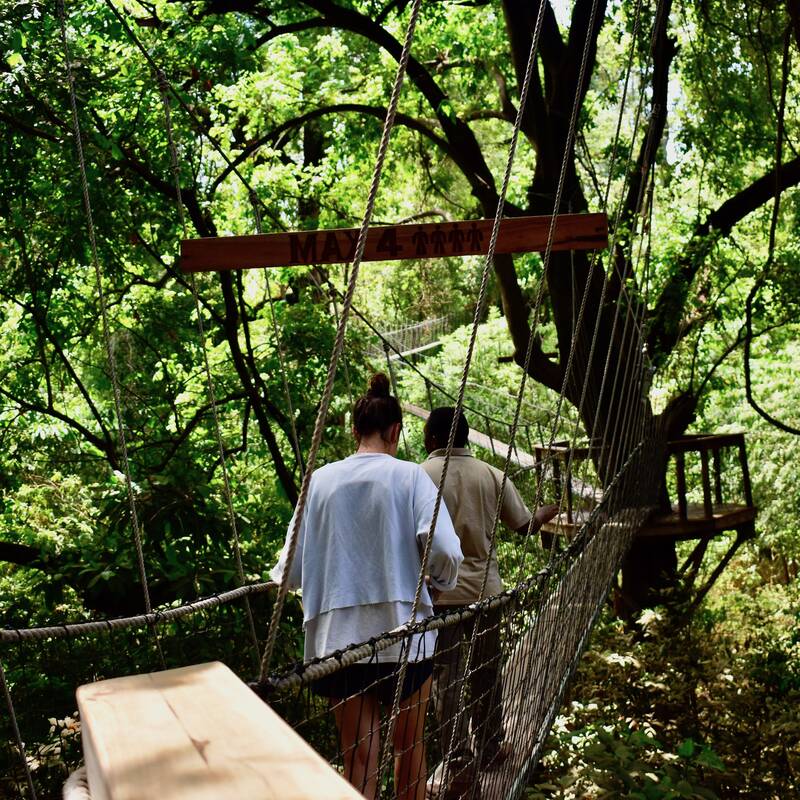
Lake Manyara Treetop Walkway
Usually one hour
Experience the forest of Lake Manyara National Park from a whole new perspective – high up in the trees. The first suspended walkway in Tanzania, it stretches underneath the canopy for 370m between the mahogany and fig trees, giving intrepid visitors a unique view of the surrounding flora and fauna.
More about Manyara Treetop WalkOther lodges in Tarangire National Park
Alternative places to stay in this same area.
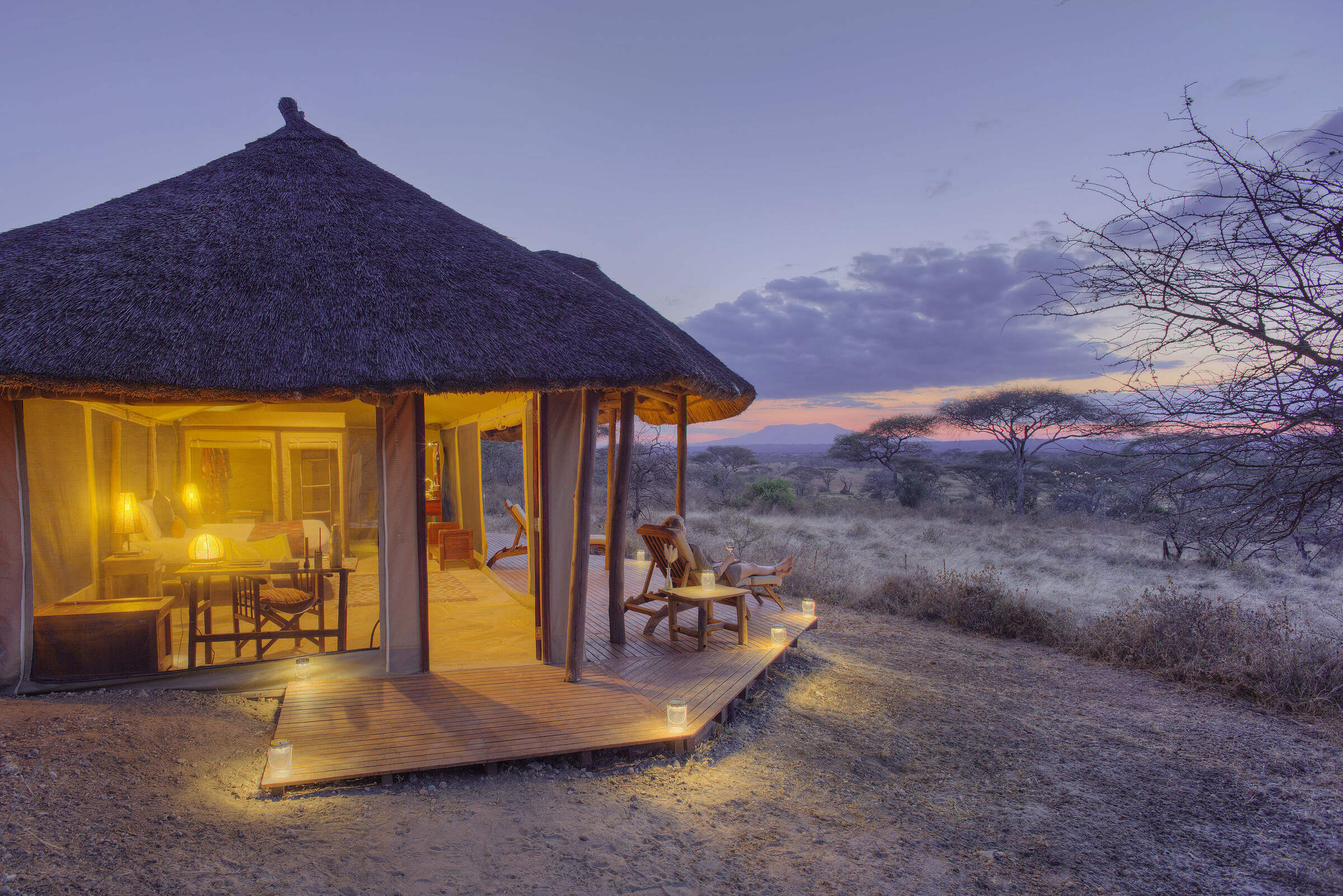
Oliver's Camp
Oliver's Camp is a small, intimate, luxury tented camp in a great location in northern Tanzania's Tarangire National Park.
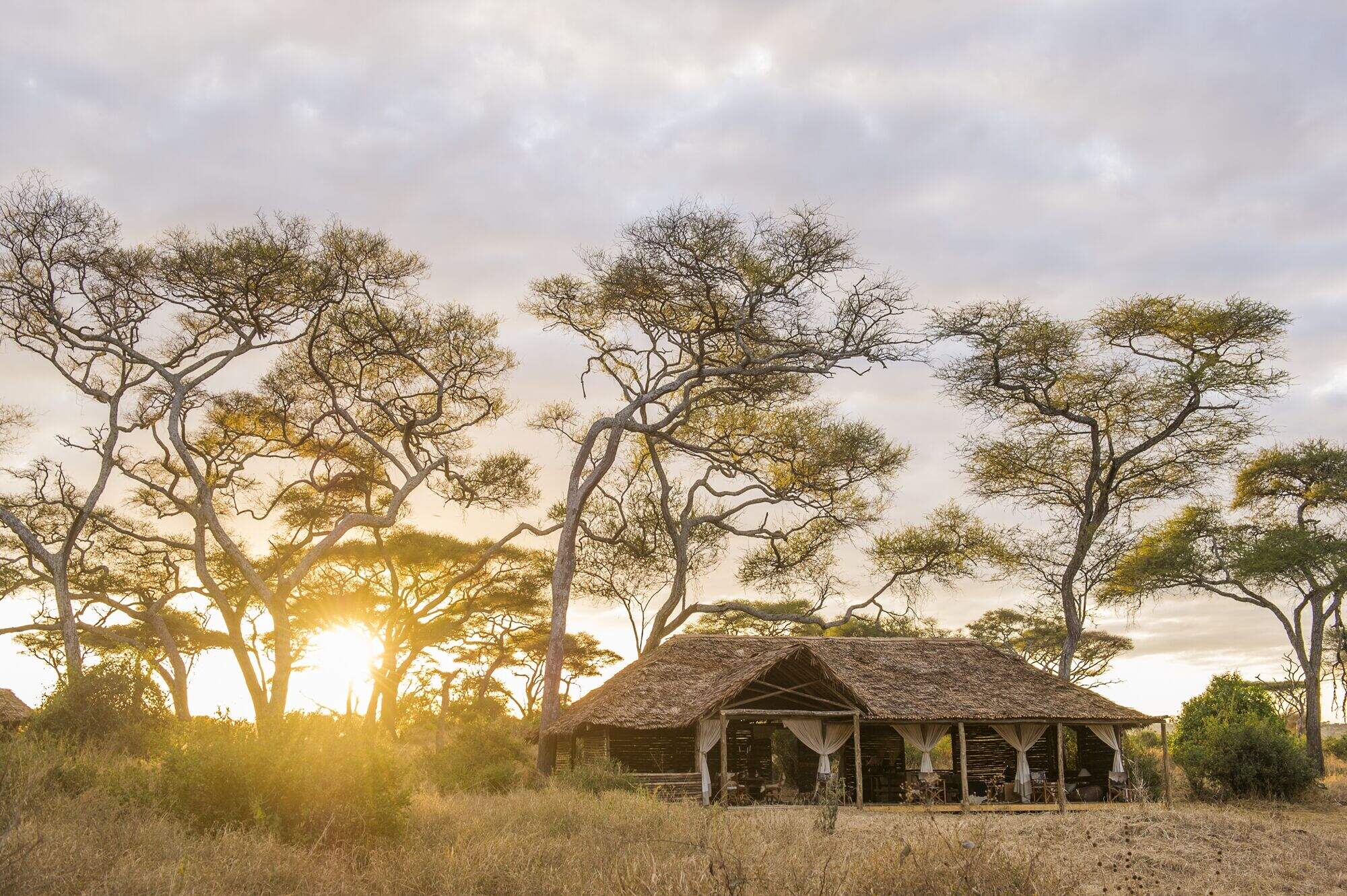
Kuro Tarangire
Kuro Tarangire is a stylish tented camp, located in a quiet and remote area deep in Tarangire National Park.
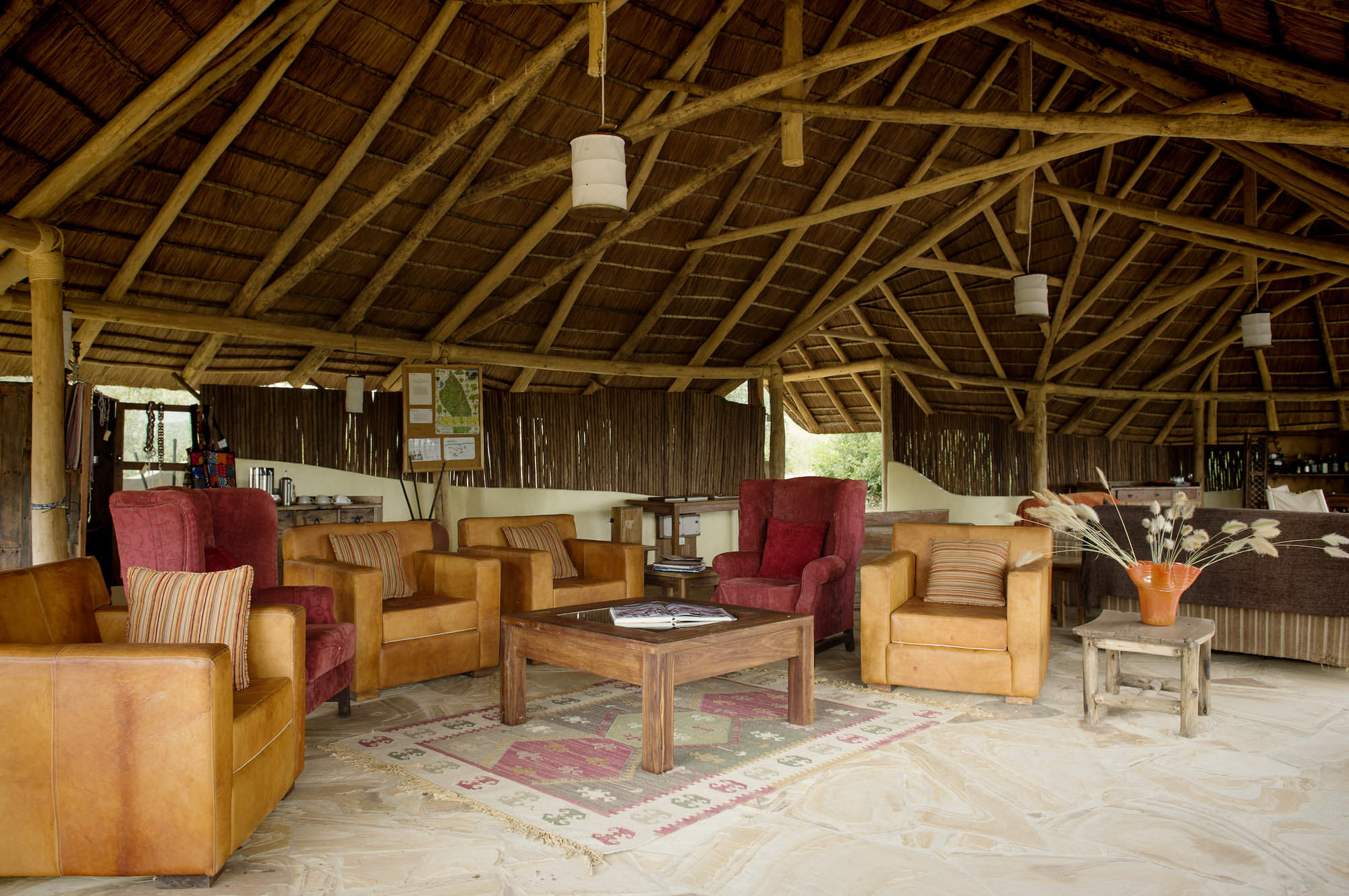
Little Oliver's
For a more private version of its sister property, Oliver’s Camp, Little Oliver’s offers high-quality guiding and tented rooms.
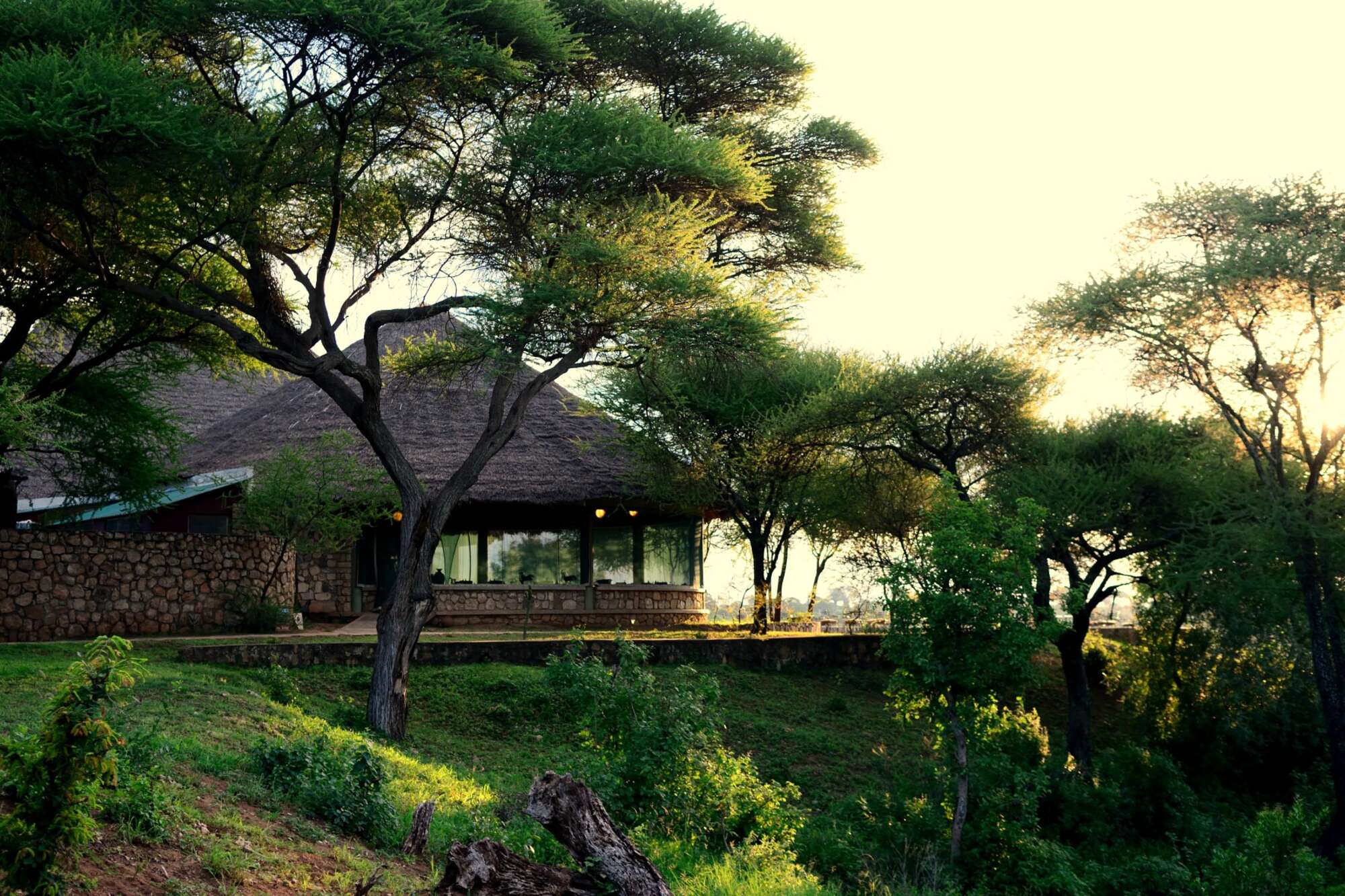
Tarangire Safari
Functional Tarangire Safari Lodge is one of Tarangire National Park's larger lodges, on a prime central site overlooking the river.
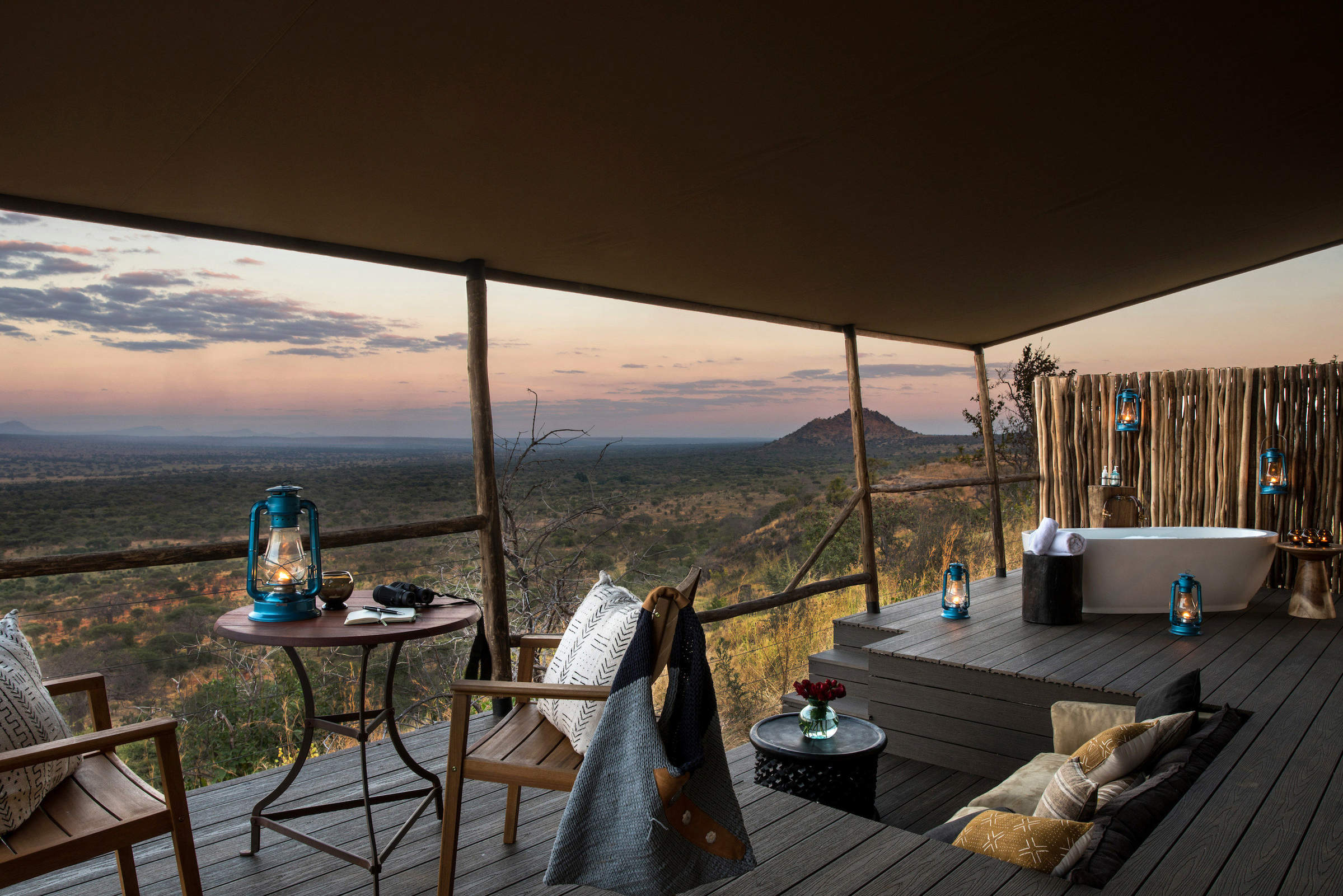
Lemala Mpingo Ridge
Lemala Mpingo Ridge is a stylish camp in Tarangire National Park, with a beautiful location and elevated views over the park.
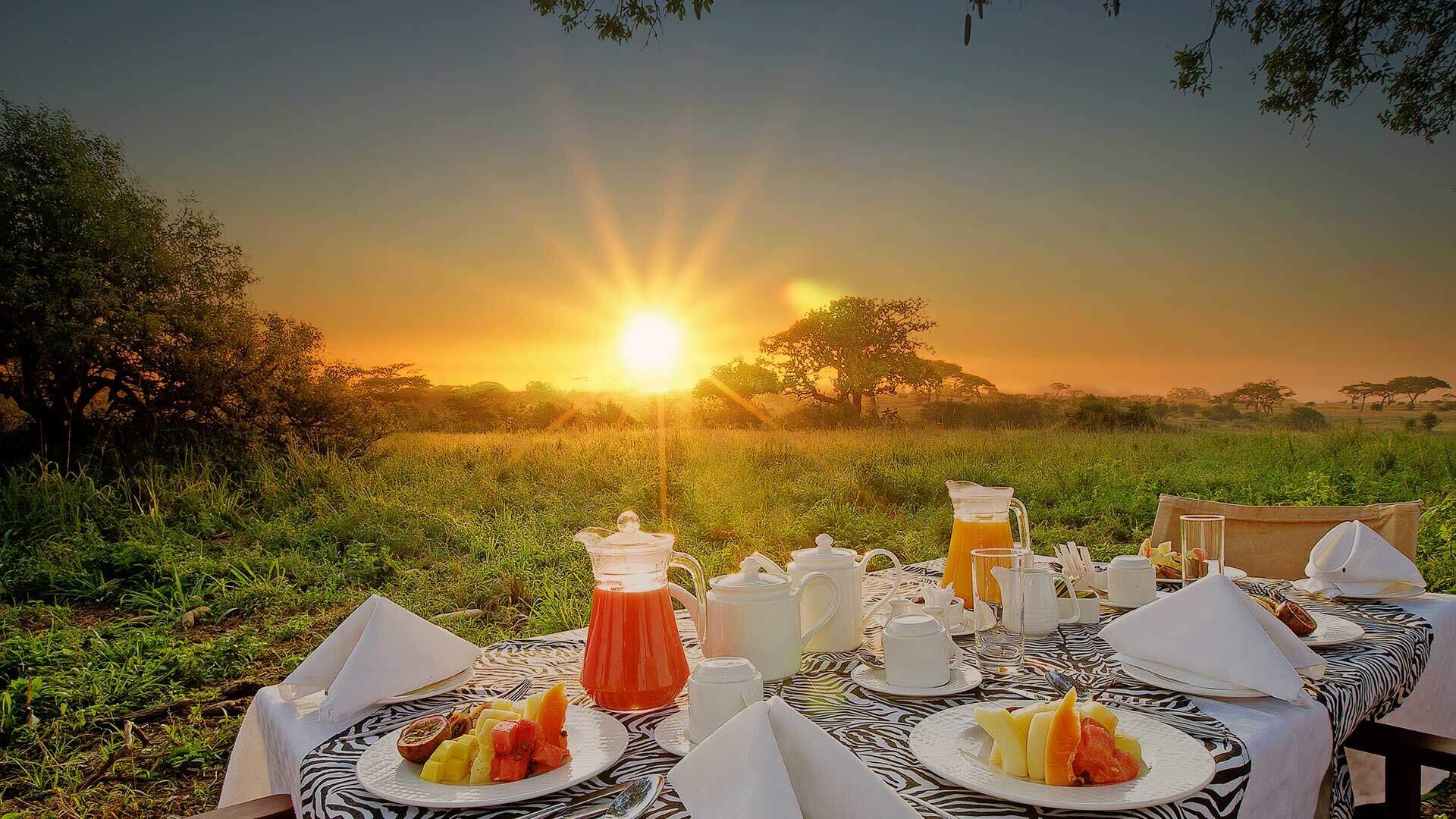
Tarangire Sopa Lodge
Tarangire Sopa Lodge is a large, comfortable, family-friendly hotel in Tarangire National Park, suitable for travellers on a budget.
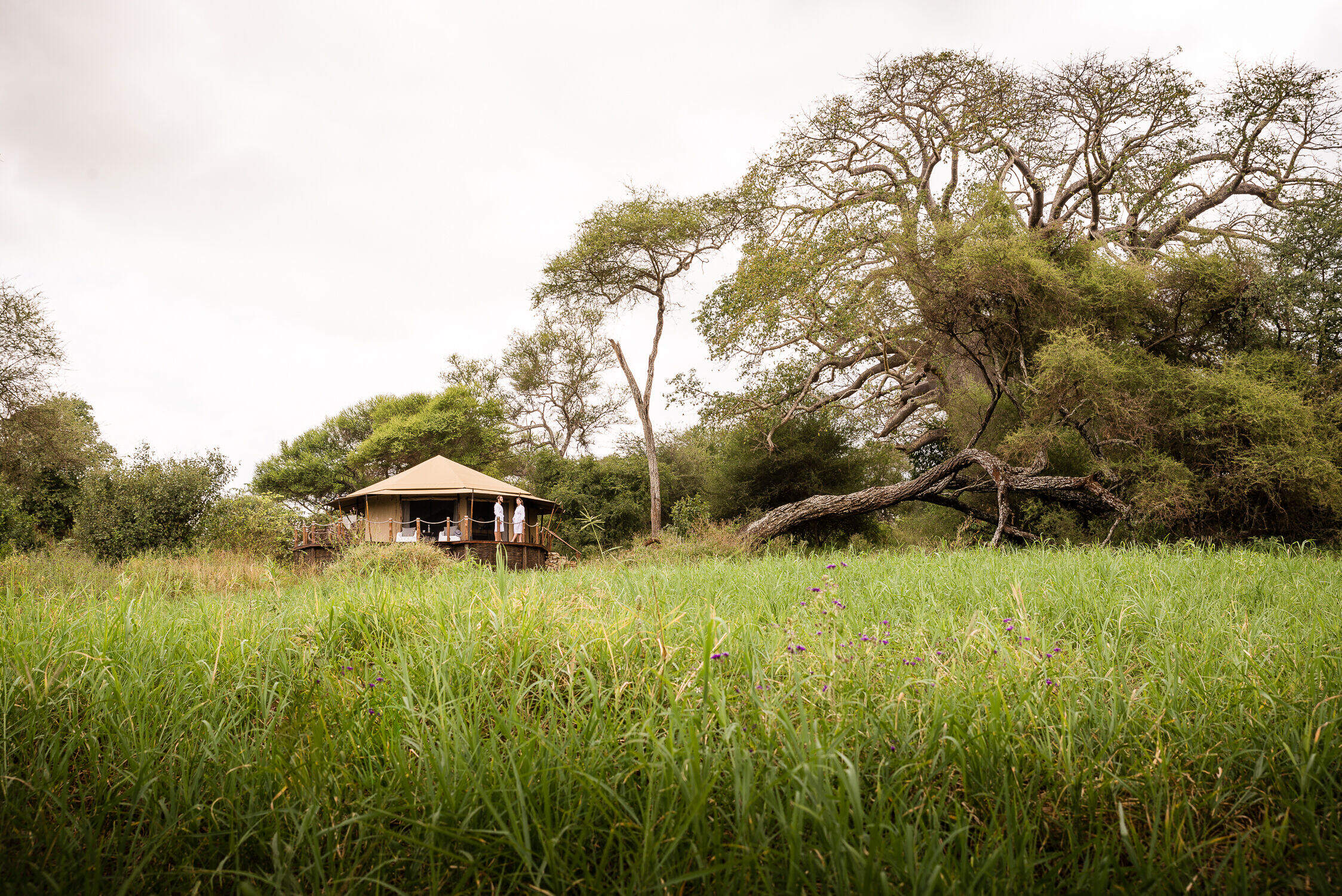
Swala Camp
Swala Camp is a stylish camp for exploring the southern Tarangire, either with a private driver-guide, or using the camp's vehicles and guides.
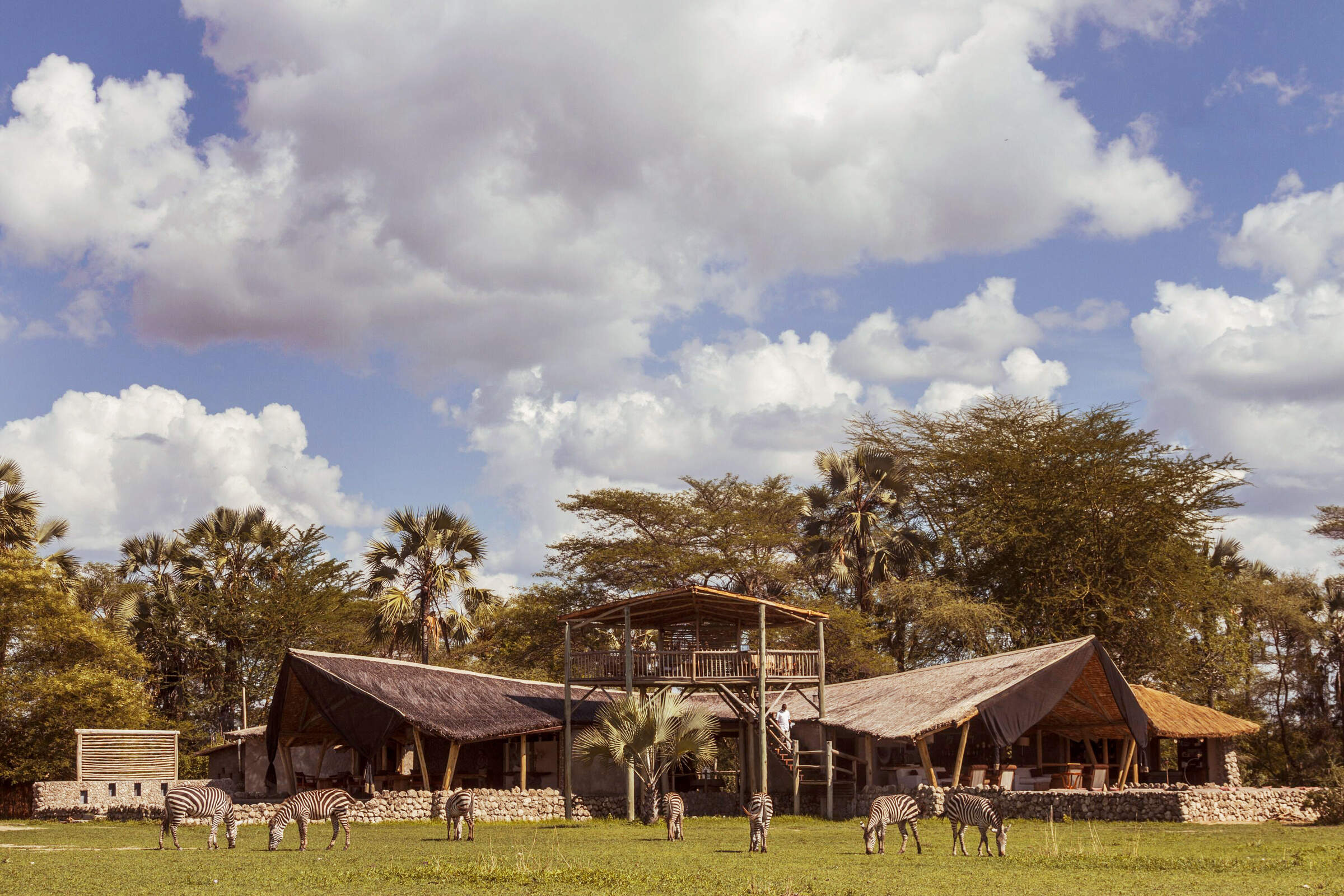
Chem Chem
Chem Chem is a luxury tented lodge on a private concession between Lake Manyara and Tarangire national parks.
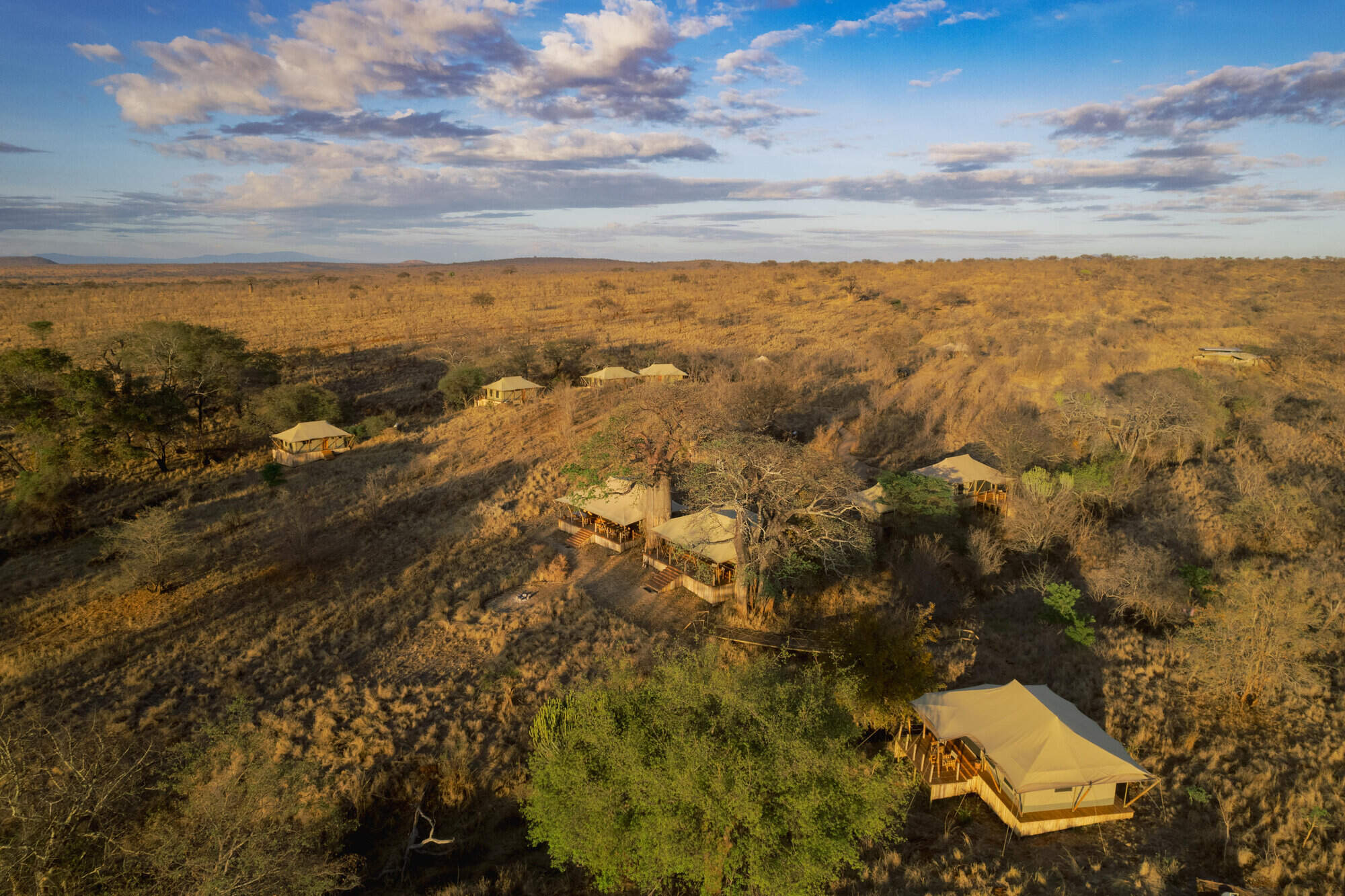
Olkeri Camp
Olkeri is a comfortable tented camp, located in the Randilen Wildlife Management area, bordering Tarangire National Park; ideal for those looking for pristine wilderness.
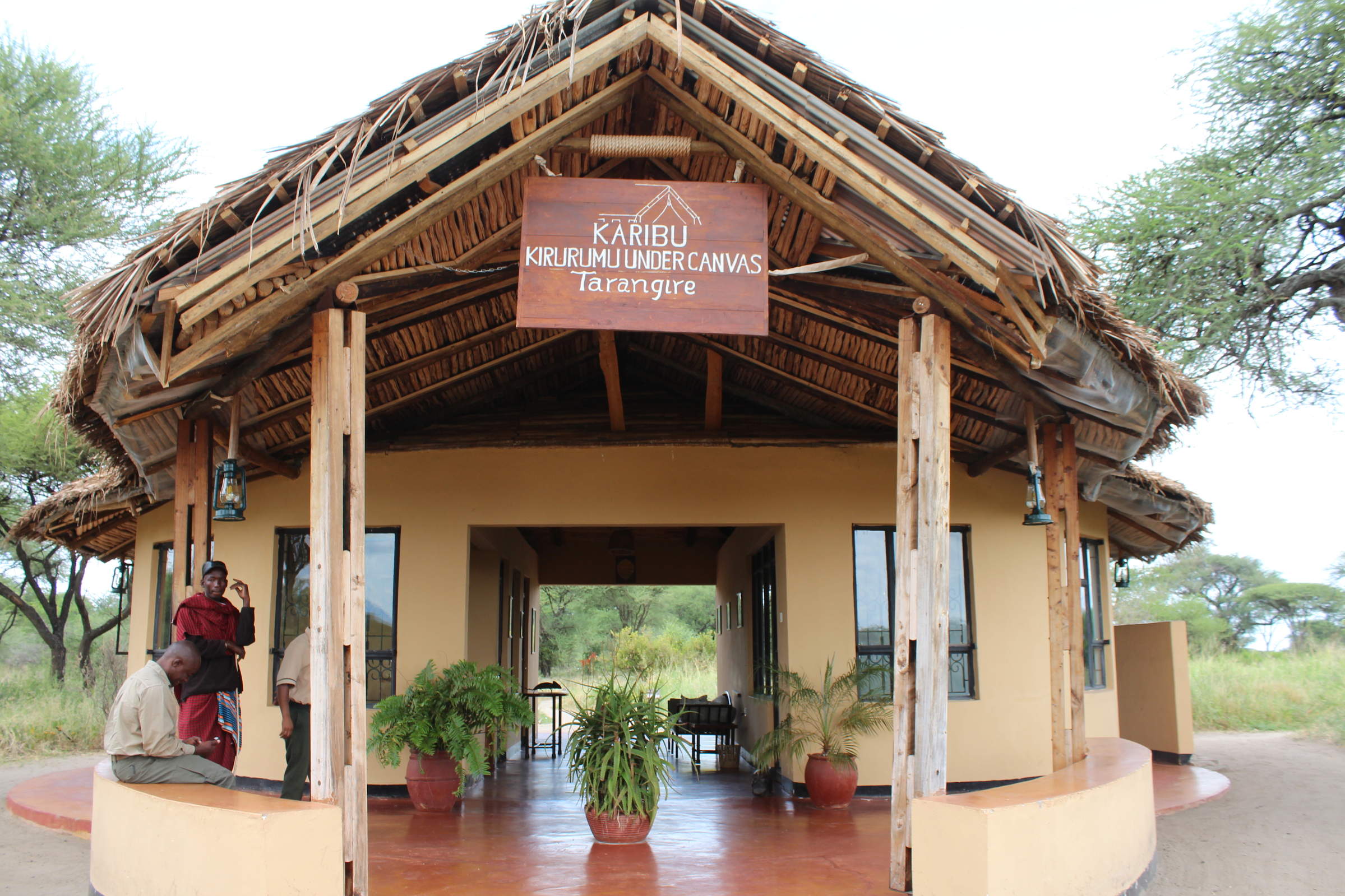
Kirurumu Tarangire
Kirurumu Tarangire Lodge is a simple, small, tented camp positioned just outside the northern boundary of Tarangire National Park.
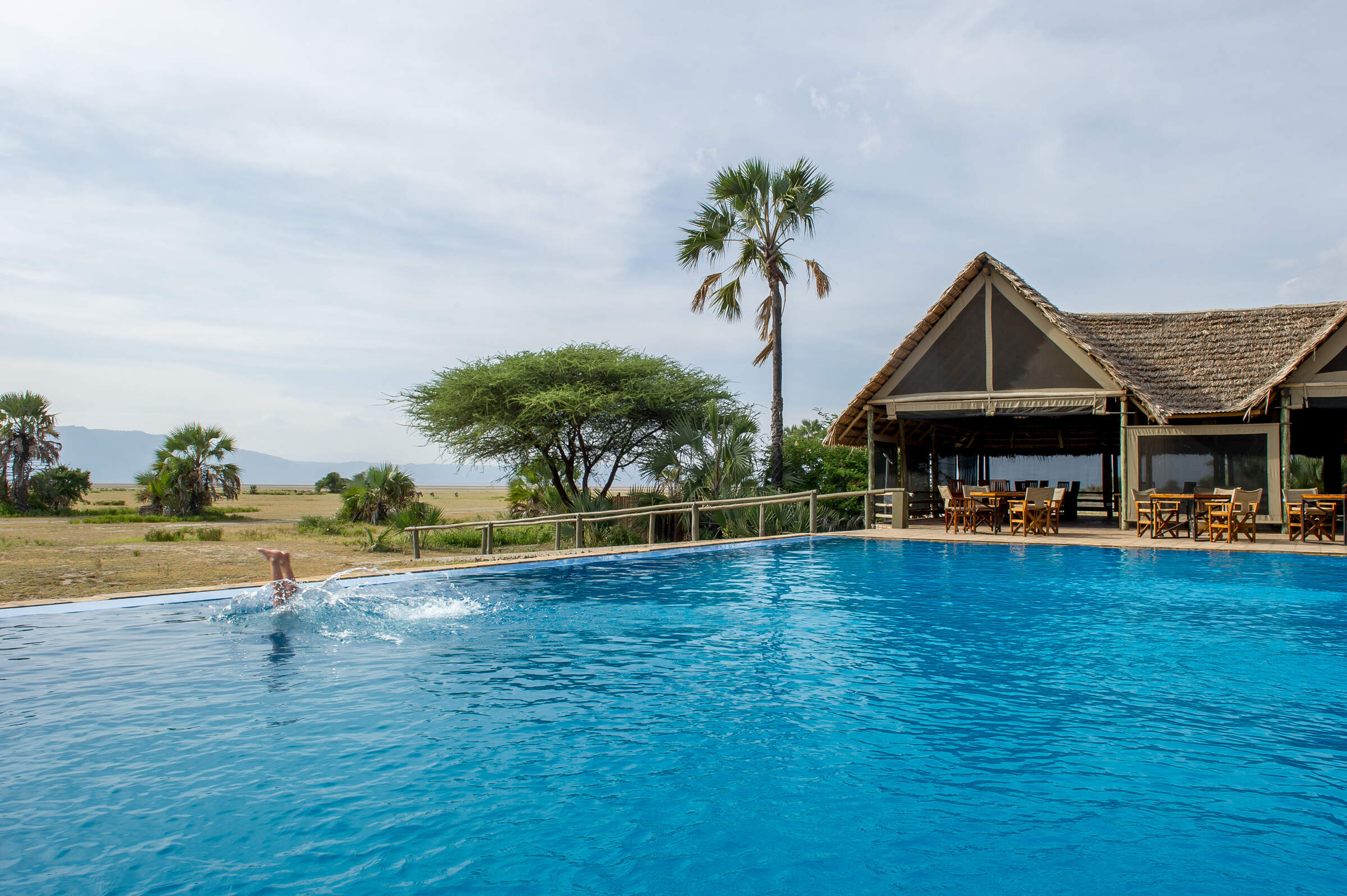
Maramboi Tented Camp
Maramboi Tented Camp is a family-friendly tented lodge located between Lake Manyara and Tarangire National Park.
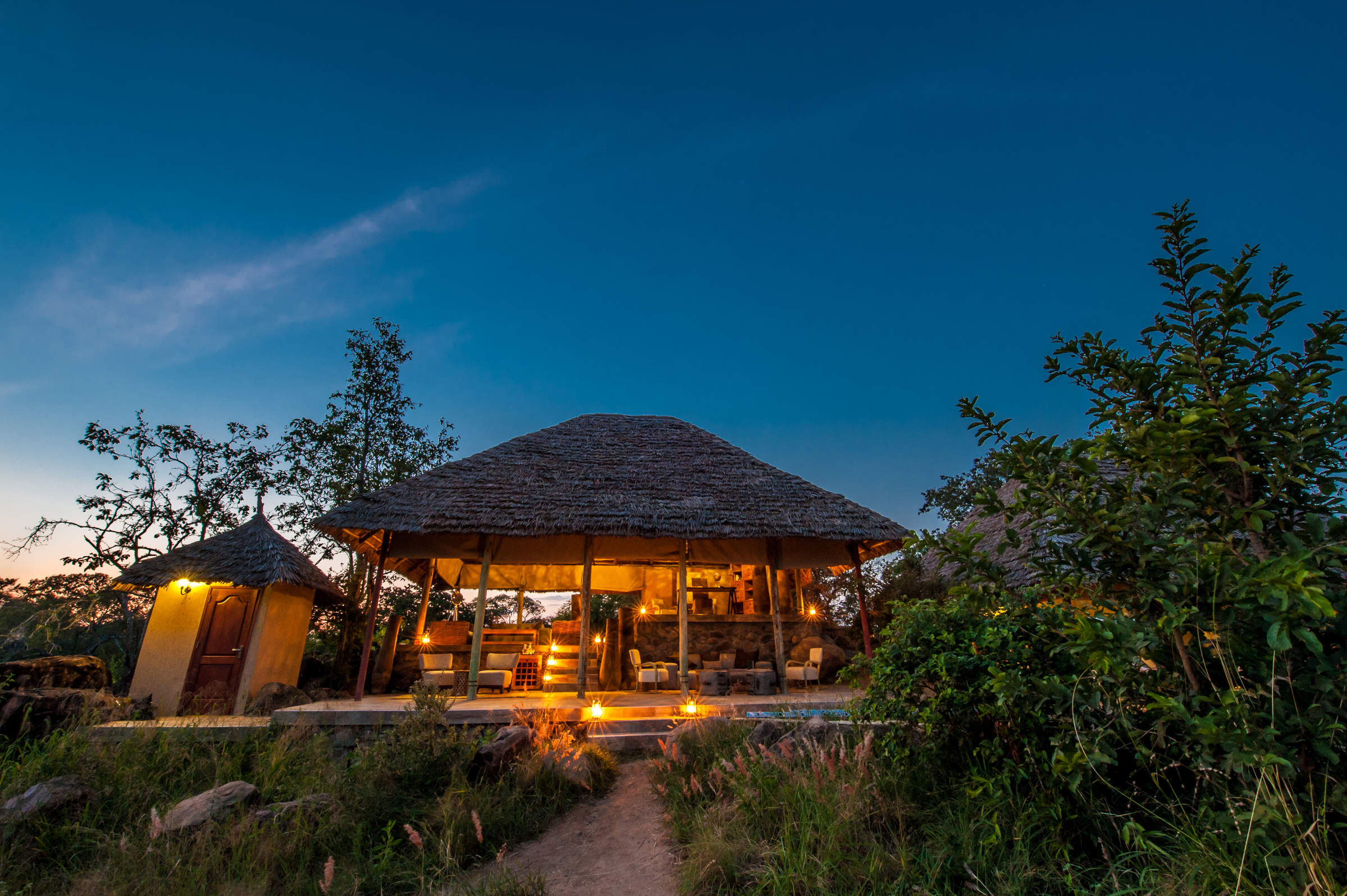
Nimali Tarangire
Nimali is a small camp built in contemporary style on the outskirts of Tarangire National Park in northern Tanzania.
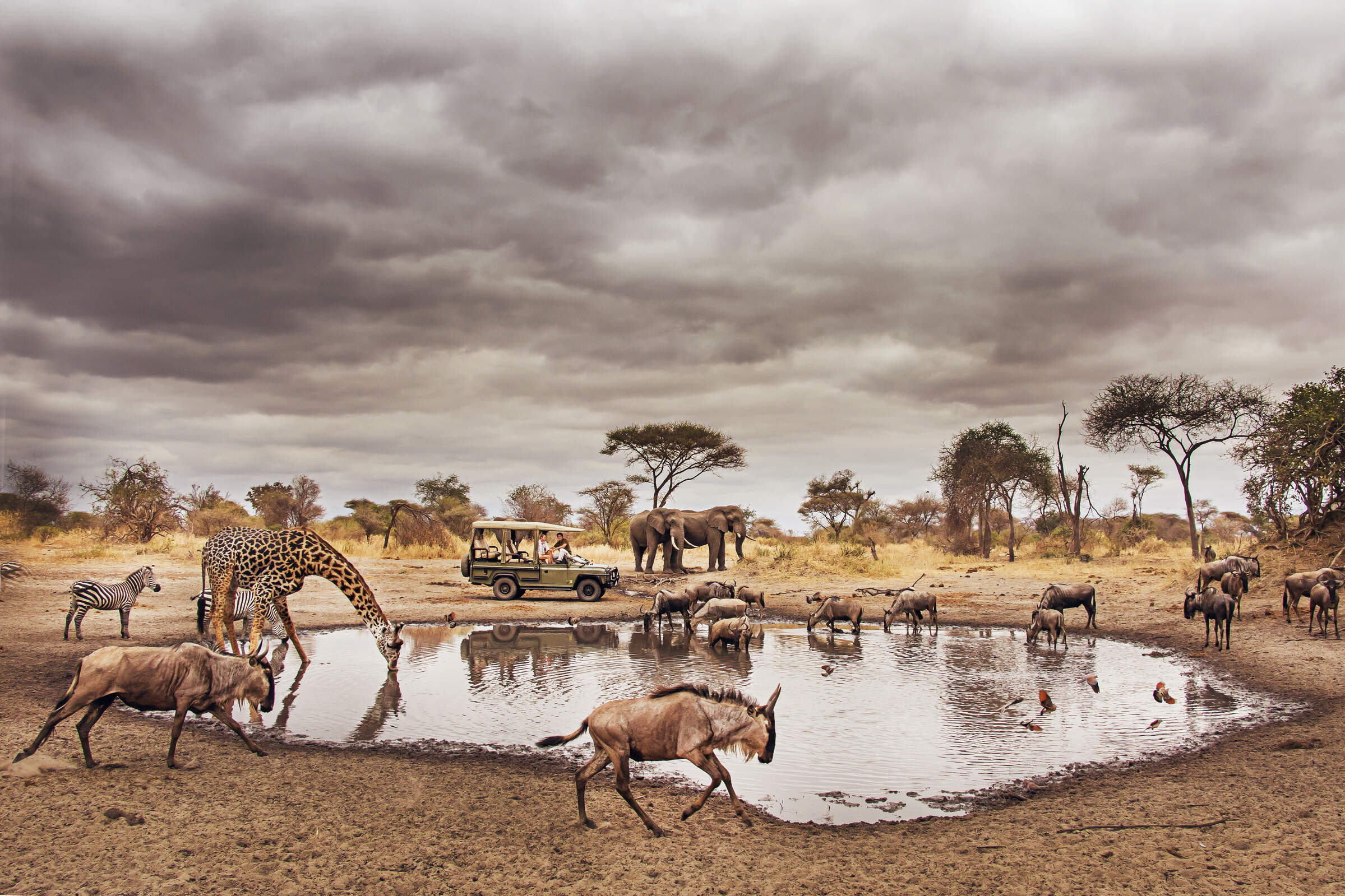
Forest Chem Chem
Located in the Chem Chem Concession and close to Tarangire National Park, Forest Chem Chem is a high-quality tented camp which is booked on an exclusive basis.
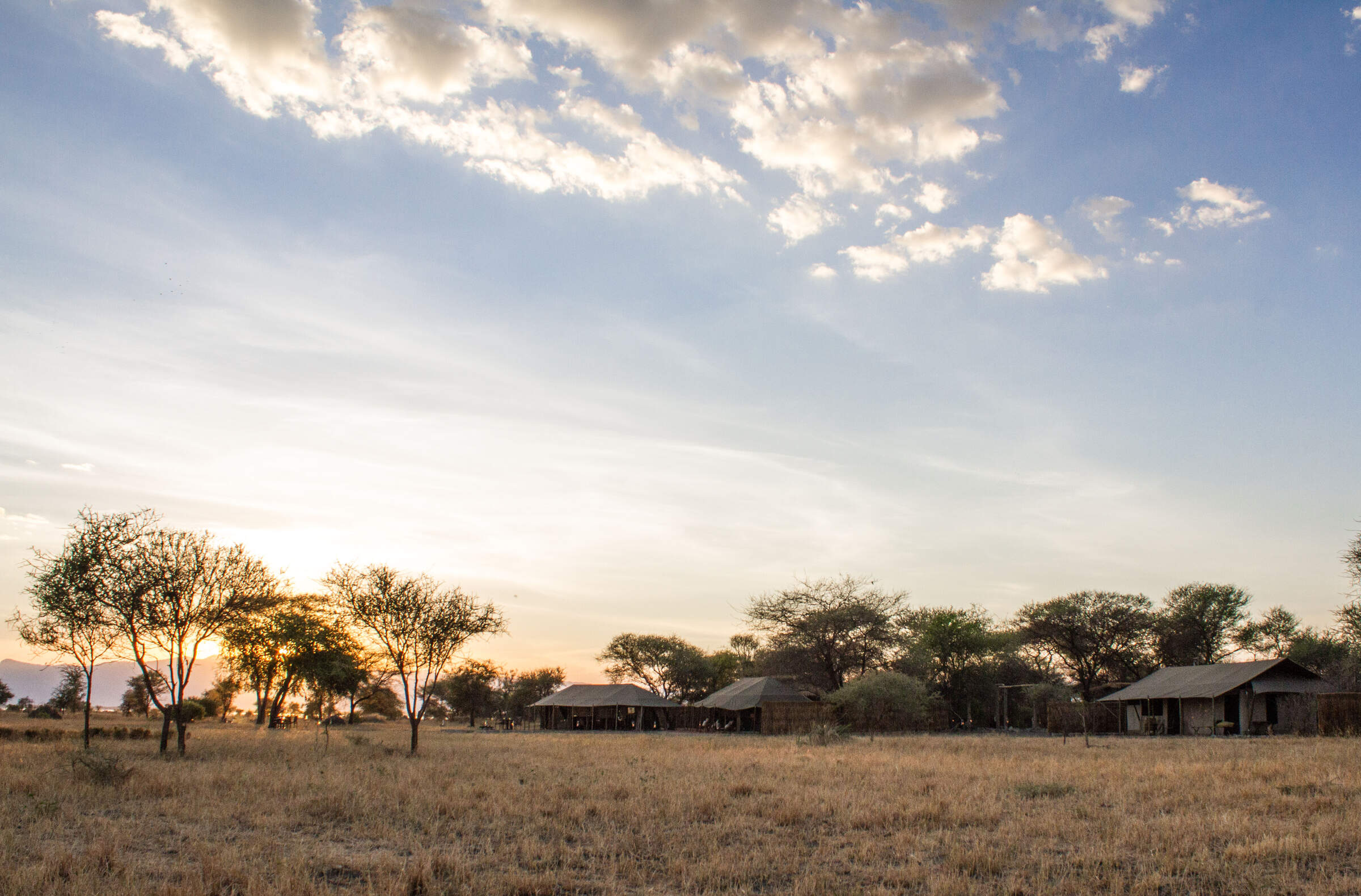
Little Chem Chem
Little Chem Chem is a stylish option near Tarangire National Park, offering real relaxation combined with a variety of safari activities.
When to go to Tarangire National Park
Our month by month guide: What it's like to visit Tarangire Treetops in Tarangire National Park
Jan
Feb
Mar
Apr
May
Jun
Jul
Aug
Sep
Oct
Nov
Dec
Tarangire National Park in January
January marks the start of the short dry season. The Tarangire River becomes a crucial water source, attracting diverse wildlife. Elephants, buffaloes, and zebras congregate around the river and swamps. The iconic baobab trees stand out against the landscape, providing food and shelter for animals. Birdwatching is excellent as resident birds display breeding plumage and migrant species are present.
The Silale and Gurusi swamps teem with hippos and crocodiles. While the southern areas of the park may still be wet, the northern regions offer great game viewing. The Matete Woodlands provide opportunities to spot leopards and rare fringe-eared oryx antelopes. January can offer great value for visitors, with quieter park conditions and variable weather.
- Variable weather, dry or rainy periods
- Good for birding, many migrant species present
- Elephant herds gather near Tarangire River
- Lush landscapes ideal for photography
- Quieter after early January rush
Our view
A good time to visit, with pros & cons
Weather in January
Tarangire National Park in February
February in Tarangire National Park is one of the hottest months, with temperatures reaching around 33°C/91°F. The short dry season continues, making it an excellent time for wildlife viewing. The Tarangire River and surrounding swamps become focal points for animal activity. Large herds of elephants, numbering over 3,000, are a major attraction.
The north offers impressive vegetation and birdlife, including large flocks of red-billed quelea birds and various raptors. Birdwatchers will enjoy the park's 550+ species, with northern hemisphere migrants joining resident birds. February is lovely for ballooning, offering unique aerial views of the park's diverse landscapes and wildlife during the cooler morning hours.
- Hot and dry weather prevails
- Large elephant herds visible near water sources
- Excellent time for game drives and safaris
- Baobab trees stand out in dry landscape
- Park less crowded, better wildlife viewing
Our view
A very good time to visit
Weather in February
Tarangire National Park in March
As March arrives in Tarangire, the long rains begin, transforming the landscape. This is an important time for the park's famous baobab trees, which store water in their trunks. While game viewing becomes more challenging due to dispersing wildlife, it's an excellent time for photography as the scenery turns lush and green.
The Tarangire ecosystem, including granitic ridges and river valleys, offers stunning views of the Great Rift Valley. Birdwatching remains rewarding, especially in the swampy floodplains and woodlands. March remains challenging for guided walking safaris, as the vegetation is high and thick.
- Hot with increasing humidity before rains
- Wildlife viewing varies as rains approach
- Quiet park with lower visitor numbers
- Migratory birds still present in good numbers
- Balloon safaris offer stunning aerial views
Our view
A good time to visit, with pros & cons
Weather in March
Tarangire National Park in April
April is the wettest month in Tarangire, with an average of 250mm of rain. The park's landscape is at its lushest, with flowering plants attracting insects and smaller animals. While big game viewing is more challenging due to dense vegetation, it's an excellent time for photographers to capture the vibrant scenery. The Tarangire River and swamps swell, creating picturesque scenes.
Birdwatching remains exceptional, with over 550 species present in the park. Visitor numbers are low, providing a more intimate safari experience.
- Heavy rains with impressive thunderstorms
- Some camps closed due to weather conditions
- Lowest rates and very few other tourists
- Lush green landscape, but wildlife dispersed
- Birdwatching excellent for resident species
Our view
This is not a great time to visit
Weather in April
Tarangire National Park in May
As May progresses in Tarangire, the long rains begin to taper off. The park's diverse habitats, from woodlands to savannahs, are lush and green. While wildlife viewing can still be challenging due to high grass, patient observers may spot leopards in the Matete Woodlands. The swamps, including Silale and Gurusi, are full of water, attracting numerous bird species.
May is an excellent time for photography, with dramatic skies and verdant landscapes. The Tarangire ecosystem is at its most vibrant, showcasing the park's stunning biodiversity. Visitor numbers remain low, offering peaceful game drives. Cultural visits to nearby Maasai communities provide insights into local traditions and lifestyles.
- Rains continue, creating dramatic skies
- Quiet time to visit, avoiding crowds
- Park lush and green with high grass
- Wildlife more dispersed, fewer sightings
- Affordable rates for budget-conscious visitors
Our view
This is not a great time to visit
Weather in May
Tarangire National Park in June
June marks the beginning of the dry season in Tarangire. As the landscape starts to dry, wildlife begins to congregate around permanent water sources. The famous Tarangire River becomes a hub of animal activity, attracting diverse species. Elephant herds become more visible as they move towards reliable water supplies.
June is an excellent time for birdwatching, with over 550 species present in the park. The Lemiyon Triangle in the north offers impressive vegetation and birdlife. As the grass starts to shorten, game viewing improves, especially along the Birungi Circuit. June is lovely for balloon safaris, providing breathtaking views of the awakening landscape and wildlife below.
- Weather transitions from wet to dry
- Wildlife starts concentrating near water
- Park still green with some high grasses
- Visitor numbers increasing gradually
- Good value with shoulder season prices
Our view
A good time to visit, with pros & cons
Weather in June
Tarangire National Park in July
July is a prime month for wildlife viewing in Tarangire. As the dry season progresses, large herds of elephants, buffaloes and zebras gather around the Tarangire River and swamps. The park's famous baobab trees stand out against the increasingly arid landscape. Game drives along the Birungi Circuit offer excellent opportunities to spot lesser kudu and massive elands.
Birdwatching remains rewarding, especially around the park's swamps and woodlands. The Matete Woodlands provide good chances to see leopards and rare fringe-eared oryx antelopes. July is perfect for photography, with clear skies and animals congregating at water sources. Guided nature walks provide intimate encounters with the park's flora and fauna. Sundowner game drives offer magical experiences as the African sun sets over the savannah.
- Dry season begins, excellent wildlife viewing
- Large elephant herds visible near river
- Popular time with higher visitor numbers
- Peak prices due to optimal conditions
- Guided walks offer intimate wildlife experiences
Our view
Fantastic: the very best time to visit
Weather in July
Tarangire National Park in August
August in Tarangire offers exceptional wildlife viewing opportunities. The dry season is in full swing, concentrating animals around the Tarangire River and remaining water sources. Large elephant herds, sometimes numbering in the hundreds, are a common sight. The park's swamps, including Silale and Gurusi, attract diverse wildlife.
Birdwatching is excellent, with many species gathering around water bodies. The iconic baobab trees provide a striking backdrop for photography. August is ideal for balloon safaris, offering panoramic views of the park's diverse landscapes and wildlife. Guided nature walks provide intimate encounters with the park's flora and fauna. Cultural visits to nearby Maasai communities offer insights into traditional lifestyles.
- Dry conditions, animals gather at water sources
- Excellent general wildlife viewing
- Busy season with higher visitor numbers
- Swamps attract diverse wildlife species
- Night drives reveal nocturnal animals
Our view
Fantastic: the very best time to visit
Weather in August
Tarangire National Park in September
September is an excellent month to visit Tarangire. As the dry season peaks, wildlife concentrates around remaining water sources, particularly the Tarangire River. Large herds of elephants, wildebeests, and zebras offer spectacular viewing opportunities. The Matete Woodlands and Birungi Circuit provide chances to spot predators like leopards. Birdwatching remains rewarding, with over 550 species in the park.
The landscape, dotted with iconic baobab trees, offers stunning photographic opportunities. September is ideal for guided walking safaris, allowing visitors to explore the park's ecosystem up close. Balloon safaris provide breathtaking aerial views of the parched landscape and congregating wildlife.
- Fantastic wildlife viewing opportunities
- Parks becoming very dry, animals congregate
- Slightly quieter than peak August period
- Baobab trees in full leaf, great for photos
- Higher chances of seeing large predators
Our view
Fantastic: the very best time to visit
Weather in September
Tarangire National Park in October
October in Tarangire marks the end of the dry season, offering some of the best wildlife viewing opportunities. The Tarangire River and surrounding swamps become crucial for survival, attracting large concentrations of animals. Elephant herds are particularly impressive during this time. The park's famous baobab trees stand out against the parched landscape. Birdwatching is excellent, with many species congregating around remaining water sources.
October is ideal for photography, with clear skies and abundant wildlife. Balloon safaris provide stunning aerial views of the park's varied landscapes and wildlife. As the month progresses, there's a chance of early rains, bringing new life to the park.
- Mostly dry with comfortable temperatures
- Excellent game viewing around water sources
- Lower visitor numbers than earlier months
- Balloon safaris offer breathtaking views
Our view
A very good time to visit
Weather in October
Tarangire National Park in November
November in Tarangire sees the start of the short rains, transforming the landscape. The famous baobab trees begin to flower, creating a lush backdrop. Wildlife starts to disperse as water becomes more widely available, but game viewing remains good. The Tarangire River and swamps continue to attract diverse species. November is excellent for birdwatching as migratory birds arrive, joining the park's 550+ resident species.
As the vegetation greens, photography opportunities abound. Guided nature walks provide insights into the park's changing ecosystem. Cultural visits to nearby Maasai communities offer unique experiences. November can offer great value with shoulder season rates and fewer visitors.
- Variable weather, chance of rain increasing
- Parks quieter, prices more affordable
- Wildlife disperses as rains begin
- Migratory birds start arriving in the park
- Green season begins, landscape transforms
Our view
A good time to visit, with pros & cons
Weather in November
Tarangire National Park in December
December in Tarangire brings a mix of wet and dry conditions. The short rains continue, rejuvenating the landscape. The famous baobab trees are in full leaf, providing shade and food for wildlife. While animals are more dispersed than in the dry season, game viewing remains rewarding. The Tarangire River and swamps continue to attract diverse species.
December is excellent for birdwatching, with migratory birds present alongside resident species. Balloon safaris provide stunning views of the greening landscape. Cultural visits to nearby communities offer insights into local holiday traditions. Despite being a popular time for visitors, especially during the festive season, December can still offer peaceful safari experiences in less-visited areas of the park.
- Variable weather, mix of dry and rainy days
- Good game viewing in Tarangire River area
- Quiet early month, busy during holidays
- Prices vary from low to peak holiday rates
- Lush landscapes after early rains
Our view
A good time to visit, with pros & cons
Weather in December

Looking for inspiration on where to travel next?
Visit our trip chooser to explore your options and find inspiration for your perfect African adventure
Inspire me